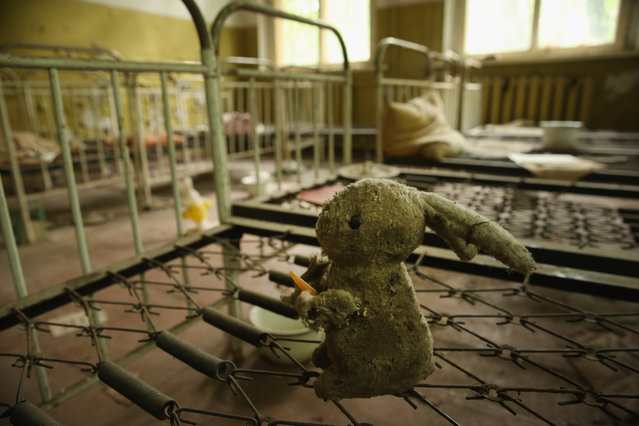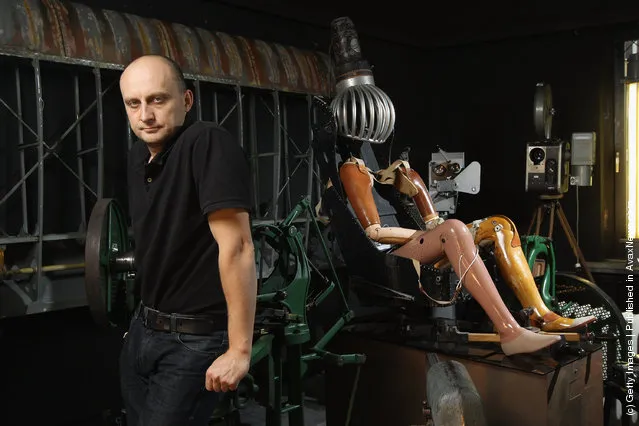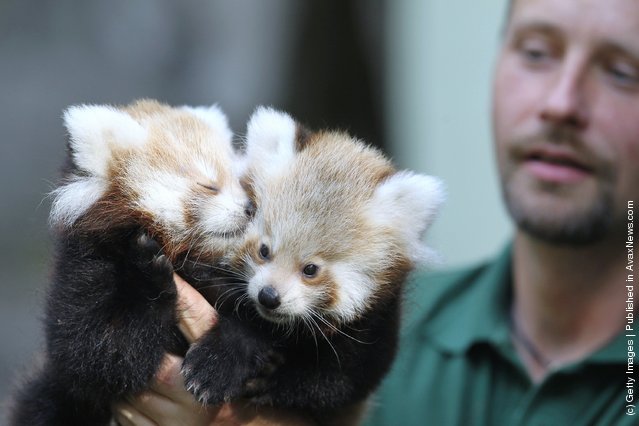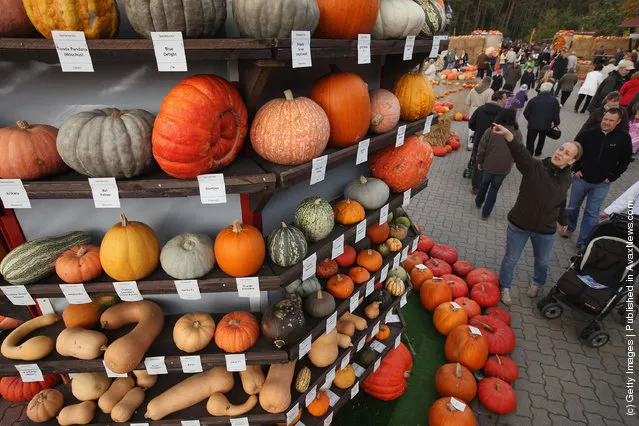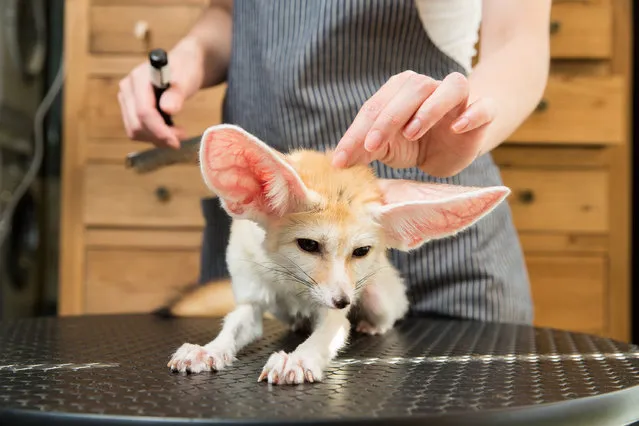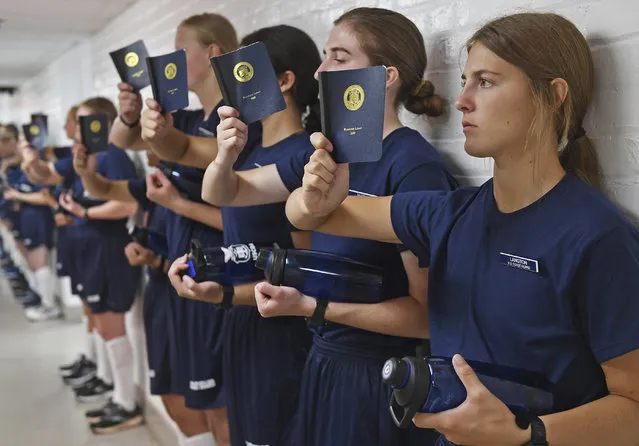
Swab Cadet Langton reads the Running Light guidebook as members of the US Coast Guard academy class of 2026 report for the first day of Swab Summer, a seven-week training programme designed to transform civilian students into military members, in Connecticut on June 27, 2022. The Swabs, as the new cadets are called, cycle through haircuts, uniform issue, drill practice and various administrative in-processing over the course of the day. (Photo by Sean D. Elliot/AP Photo)
06 Jul 2022 05:55:00,post received
0 comments


